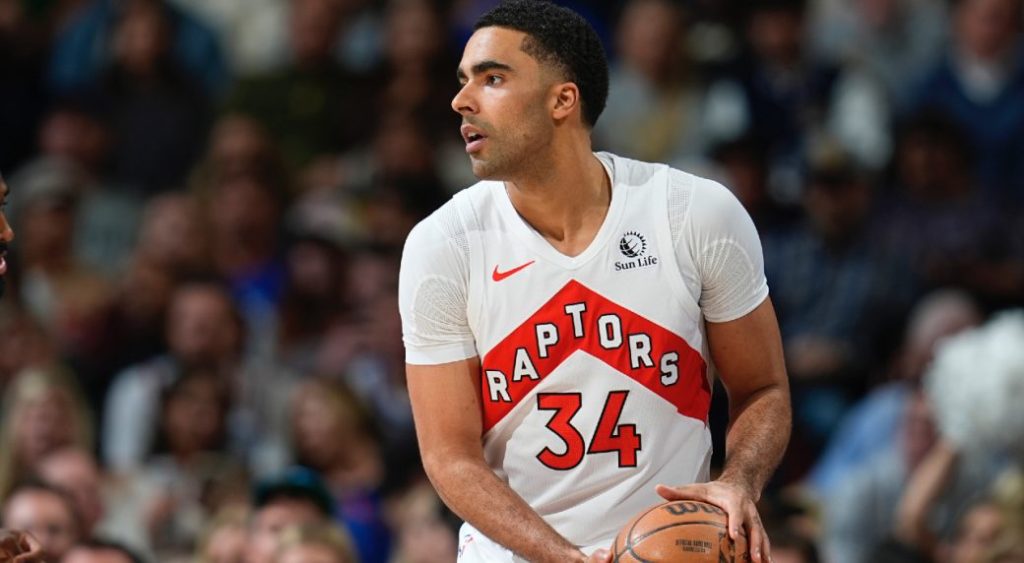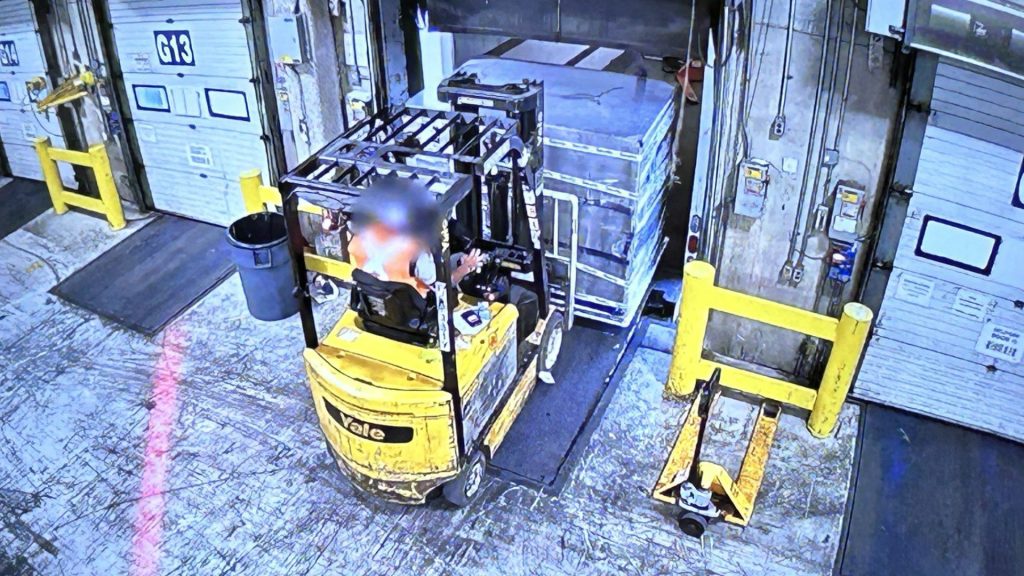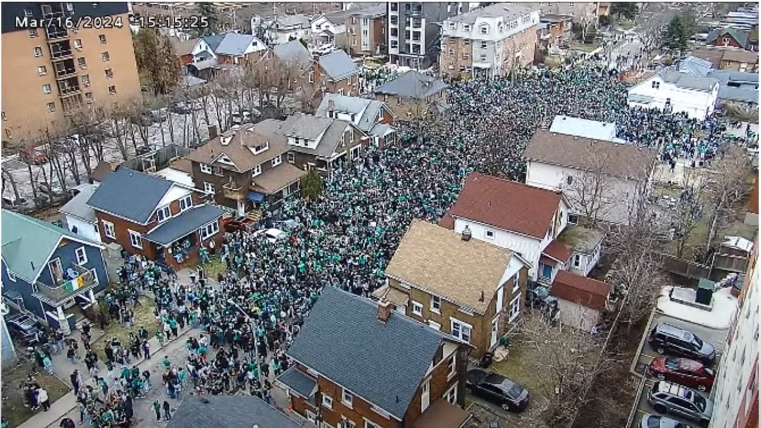From one lockout to another — a look back at eight years that changed the NHL
Posted Sep 15, 2012 07:00:03 AM.
This article is more than 5 years old.
This wasn’t supposed to happen again.
In the aftermath of the grim lockout that wiped out the entire 2004-05 season, the NHL returned with a tremendous wave of hope and enthusiasm. There was a general feeling that the pain had been worth it. Hockey was back and the NHL had found an economic system that ensured it was here to stay.
On the July day when commissioner Gary Bettman put his signature on a new CBA — the one that expires Saturday at midnight — he spoke of a new “partnership” between the league and its players and forecasted that they were in a position to take the sport to “spectacular heights.”
“We can do it for the good of the game, and most importantly for our fans,” said Bettman, who saw the league mostly deliver on that promise for seven seasons.
And then this. Another lockout. Another example of a sport that can’t break free from its cycle of labour strife.
One of the more striking things about the NHL’s impending work stoppage, its fourth in the last two decades, is how little it has in common with the one that came directly before it.
In 2004, the animosity between Bettman and Bob Goodenow, the executive director of the NHL Players’ Association, was evident. The sides were separated by a major philosophical divide — the salary cap — and each made it clear it was ready for a fight. The owners built up a $300-million war chest to help pay bills during a lost season and the players talked internally about possibly sitting out two years in an effort to stave off “cost certainty.”
It was ugly.
“What happened eight years ago is something that none of us ever want to go through again,” Bettman said recently.
The most painful toll was inflicted on the NHLPA. The players were driven into different factions as the missed paycheques piled up and they eventually folded with the acceptance of the salary cap and a 24 per cent salary rollback.
It’s a situation that still causes Ottawa Senators captain Daniel Alfredsson to shake his head today. As a vice-president with the NHLPA, he was one of the seven players who helped negotiate the 2005 deal and it ended up costing him about $14 million in lost salary, when factoring in the missed season and rollback.
But that’s not what sticks out most in his memory now. Like virtually all of his colleagues at the time, he can’t help but wonder about what might have been in the season that never was.
“I’m sure, looking back at it 20 years from now, you’ll wish you could have played,” said Alfredsson. “I don’t think losing a whole year ever feels like it’s worth it.”
Amazingly, he’s more than willing to do it again. Alfredsson is among roughly 200 players that endured the lockout and remain in the league now. At age 39, he knows another long work stoppage could spell the end of his NHL career but he emerged from this week’s union meeting in New York more emboldened than ever to take part in the fight for players’ rights.
He pointed out that he entered the NHL just after the 1994-95 lockout that shortened the season to 48 games and benefited from it.
“A lot of people have given up sacrifices for players coming after (them),” said Alfredsson.
The NHL’s rocky labour history has been referenced repeatedly during a summer of negotiations, with Bettman noting the union delivered the first salvo with an 11-day strike in 1992 and NHLPA boss Donald Fehr often citing the massive concessions made by players in 2004-05 as a reason they’re unwilling to make more now.
Even after seven successful seasons, it’s clear the pain inflicted by the one missed before it still lingers.
The sides were so entrenched in their positions during the last round of negotiations that it took three months for them to return to the bargaining table after the lockout was enacted. In the meantime, players dispersed around the globe, with more than 300 of them seeking work in European leagues.
Others, like Bobby Holik, stayed home and took up new hobbies. His deal with the New York Rangers at the time averaged $9.5 million per season — an amount that would make him the NHL’s second-highest earner today — and was too expensive to insure against injury.
As it turns out, the veteran didn’t mind the time away from the rigours of professional hockey.
“I was busy with different things,” said Holik, who retired in 2009. “It was actually nice. It was the first time almost in two decades where I had a break. I made the most of it, let’s put it that way.”
The first true sign of life in those talks emerged in December 2004, when the union tabled a proposal that included the 24 per cent rollback and other concessions, including a lower maximum salary for players on entry-level contracts. Both elements would end up in the final deal but more pain would have to be inflicted before it was struck.
Bettman cancelled the season on Feb. 16, calling it a “tragedy” for the players.
At that time, the commissioner defended the need for a salary cap by pointing to the Levitt Report, which concluded the league was losing more than $250 million annually while owners were paying out 75 per cent of revenue to players. It painted a dire financial picture.
Looking back, it’s little wonder why the NHL felt so much enthusiasm after eventually signing a deal that required teams to spend between 54 per cent and 57 per cent over the life of the contract.
Alfredsson believes the players ultimately broke down and accepted the salary cap because they were unable to remain united — “there was a lot of different opinions,” he said — and by June it was pretty clear the owners weren’t going to budge. The desire to keep up the fight waned.
Former Washington Capitals goalie Olaf Kolzig succinctly summed it up to reporters earlier this summer by saying: “I think we were waiting to call their bluff and they didn’t blink.”
It remains a sore point.
“It’s money that I’ll never make back,” said Kolzig, now the Caps associate goalie coach. “That was the peak of my career. A lot of other players, it was the end of their career. It was just an ugly situation that I don’t think anybody wants to ever see happen again, no matter what sport it is.”
Yet here we are.
Despite seeing the NHL’s revenues grow to $3.28 billion annually, Bettman says the owners have discovered some problems over the course of this CBA. They still believe they are paying out too much in salaries and want to close loopholes to keep players from signing front-loaded, long-term deals.
The players, meanwhile, don’t want to see a reduction on any current contracts. They’ve proposed bumping the salary cap by fixed amounts over the next three seasons and are pushing for more revenue sharing between teams.
With the lockout looming, both Bettman and Fehr expressed regret this week about their inability to find common ground in negotiations. However, a sense of resignation hovered over the process from the start, which helps explain why each side accused the other of not showing enough urgency.
Despite different issues on the table and different personalities around it, there’s a familiarity to the situation. As Senators forward Jason Spezza noted this week, players will have an easier time organizing their own informal skates after having endured a 10-month lockout in 2004-05.
This is also a scenario Bettman knows well.
In recent weeks, he began showing more emotion in interviews as it started to become clear the third lockout on his watch was imminent. The only sports league in North America that has enjoyed peace during Bettman’s 20 years as NHL commissioner is Major League Baseball, which previously endured repeated work stoppages and the cancellation of the 1994 World Series.
Harmony, it seems, is hard-earned.
“Every sport has its history,” said Bettman. “Baseball, it’s great that they’ve had (17) years of labour peace, but they also prior to that had eight work stoppages in a row and that’s not something we’d like to emulate.
“I’d like to get this right and get this put to bed.”










